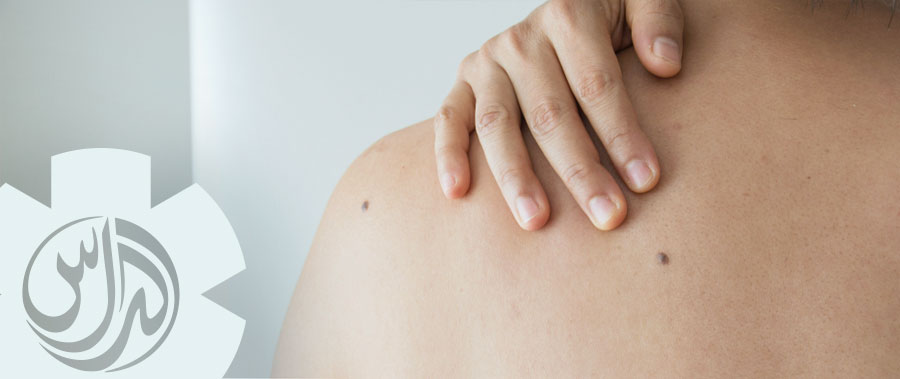
Moles (nevi) are common skin growths and every person has at least several, and people with a fair complexion are more prone to them. Due to the high concentration of melanin, a pigment that gives a color to the skin, moles are usually brown or black.
Moles that are present at birth are called congenital nevi and they’re more likely to develop melanoma, while acquired melanocytic nevi are almost always benign. They can appear anywhere on the skin and can vary in color and size.
They usually appear within the first 20-30 years of a person’s life, and they are usually benign but if you notice changes in color, shape or size you should visit your dermatologist in order to check your skin for melanoma – the most dangerous form of skin cancer.
What Causes Moles?
It isn’t quite precisely established what causes moles, but there are certain factors that contribute to the formation of moles. According to certain sources, sun exposure, aging and genetics can lead to acquired melanocytic nevi formation.
It’s normal for moles to get darker, grow and change over a period of time, but sometimes these changes can be the sign of melanoma. That’s why it’s important to know how to perform self-examination, and see your doctor immediately if you detect one of the symptoms.
Dermatologists have developed so-called ABCDE parameters, where each letter stands for a certain symptom: A- asymmetry, B- border, if it’s irregular, C – color, if it is different in various areas, D – diameter, when it’s greater than 6mm E – evolving in the sense that a mole is changing in size, color or shape. In case that one of these parameters is detected, dermoscopy should be performed as soon as possible, because even though melanoma is the most serious type of skin cancer, timely diagnosis increases chances of a successful outcome.
Most Common Mole Types:
- Dysplastic (atypical) moles which are larger than regular ones, but they are not melanoma. Still, if a person has more than 4 dysplastic moles, there is a higher risk of melanoma;
- Congenital moles which are present at birth and which also have a greater risk developing melanoma;
- Acquired moles are the ones that appear during the first 20-30 years of life. If a person has more than 50 them, there is a greater risk of developing melanoma;
- Spitz nevus is a mole that resembles melanoma as it is reddish, raised and sometimes even has an oozing opening.
How to Treat Moles in Dubai?
Generally speaking, moles don’t need any kind of treatment unless they somehow bother a person by being on a problematic place where it can be irritated. Another reason for mole treatment can be because of esthetic. Of course, when there is a reason to believe that a mole could develop or has already developed skin cancer, it should also be treated. Mole removal is one of the most usual treatments.
There are two methods of mole removal in our clinic in Dubai:
- Surgical excision is a procedure of cutting out the mole and a certain area of unaffected skin, and closing it with sutures after that.
- Surgical shave is used for smaller moles and it’s performed by cutting out the mole and beneath it.
Local anesthetics are used for both procedures. It’s important to stress that moles should never and under any conditions be removed at home.
If a mole bothers you, or you have detected some changes, feel free to make an appointment and our experienced dermatologist will take care about everything else.
Book a visit 04 452 998 or by filling the online form